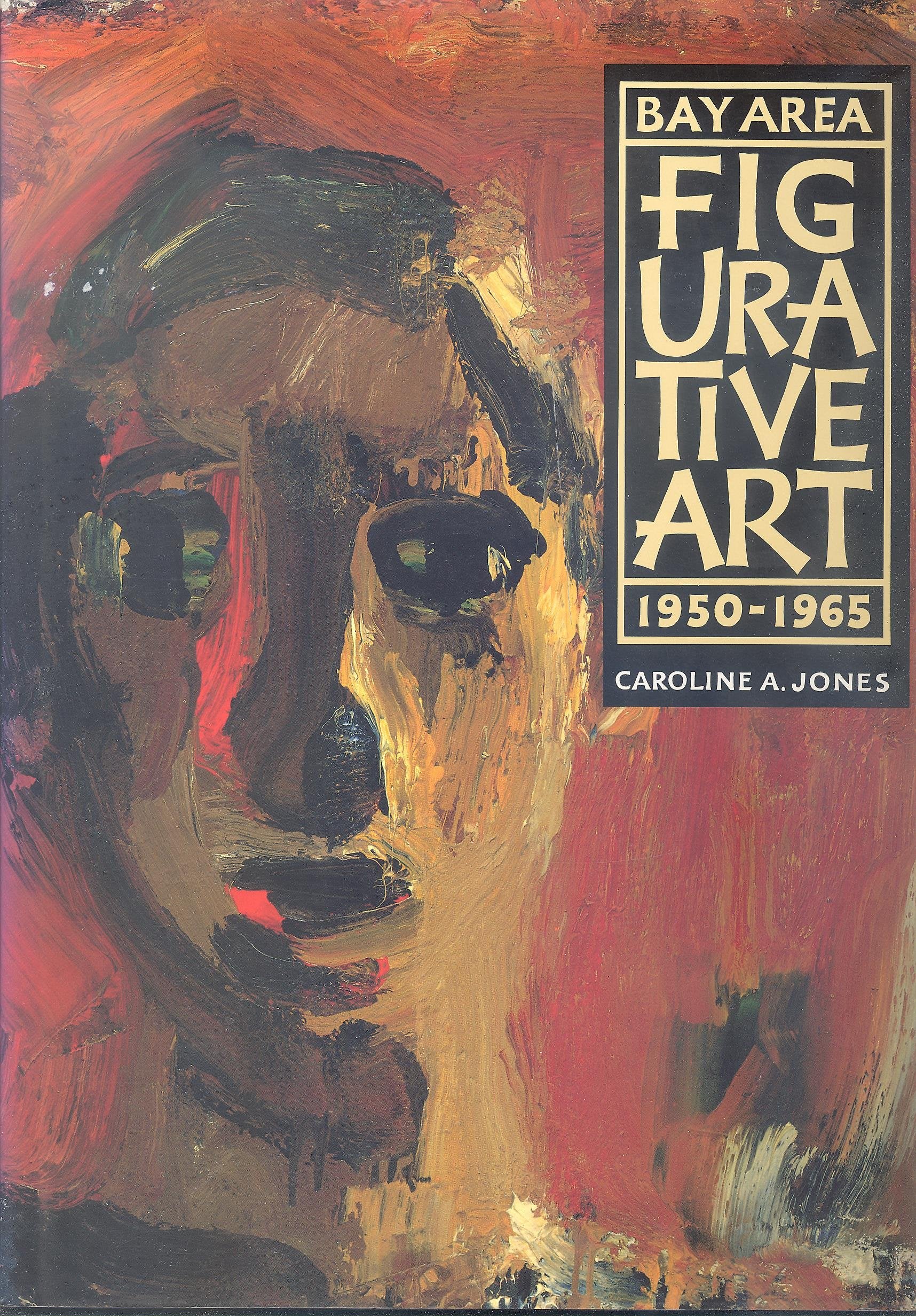
Title

Bay Area Figurative Art: 19501965,Used
Processing time: 1-3 days
US Orders Ships in: 3-5 days
International Orders Ships in: 8-12 days
Return Policy: 15-days return on defective items
During the 1950s a few painters in the San Francisco Bay Area began to stage personal, dramatic defections from the prevailing style of Abstract Expressionism, creating what would come to be known as Bay Area Figurative Art. In 1949 David Park destroyed many of his nonobjective canvases and began a new style of consciously naive figuration. Soon Elmer Bischoff and Richard Diebenkorn joined Park and other painters such as Nathan Oliveira, Theophilus Brown, James Weeks, and Paul Wonner in the move away from abstraction and toward figurative subject matter. When artists such as Bruce McGaw, Manuel Neri, and Joan Brown emerged as a second generation of figurative artists, the momentum grew for a powerful new development in American painting.The achievement of Bay Area Figurative painters and sculptors has become directly relevant to current debates regarding abstraction and representation, as well as to discourses on modernism and postmodernism. Indeed, the historical phenomenon of the movement is an important case study in the evolution of modernism in America, serving as an early example of rupture in the formalist "mainstream."Bay Area Figurative Art 19501965 was written to accompany an exhibition of the same name at the San Francisco Museum of Modern Art. Based on extensive archival research and interviews, it is the first study of the movement as a whole and is the broadest and most accurate account of the careers and interactions of ten Bay Area artists who worked in this new style.
⚠️ WARNING (California Proposition 65):
This product may contain chemicals known to the State of California to cause cancer, birth defects, or other reproductive harm.
For more information, please visit www.P65Warnings.ca.gov.
- Q: What is the main theme of 'Bay Area Figurative Art: 1950-1965'? A: The book explores the transition of artists in the San Francisco Bay Area from Abstract Expressionism to figurative art during the 1950s, highlighting key figures and their contributions to this movement.
- Q: Who is the author of 'Bay Area Figurative Art: 1950-1965'? A: The book is authored by Caroline A. Jones, who provides an in-depth analysis of the Bay Area Figurative Art movement.
- Q: What kind of research is included in this book? A: The book is based on extensive archival research and interviews with artists, making it a comprehensive study of the Bay Area Figurative Art movement.
- Q: What type of binding does this book have? A: This edition of 'Bay Area Figurative Art: 1950-1965' is a hardcover, ensuring durability and a high-quality presentation.
- Q: When was 'Bay Area Figurative Art: 1950-1965' published? A: The book was published on December 13, 1989.
- Q: How many pages are in 'Bay Area Figurative Art: 1950-1965'? A: The book contains 250 pages, providing a detailed exploration of the subject matter.
- Q: What is the condition of the book? A: The item is listed as being in good condition, indicating it has been well-maintained.
- Q: Is there a specific edition of this book? A: Yes, this is the First Edition of 'Bay Area Figurative Art: 1950-1965'.
- Q: What categories does this book fall under? A: The book is categorized under History, particularly focusing on art movements and modernism.
- Q: What makes this book relevant to current art discussions? A: The achievements of Bay Area Figurative artists are pertinent to ongoing debates about abstraction and representation in modern art, making this an important case study.

